
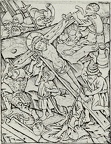 Master of the Year 1446. Christ Nailed to the Cross
Master of the Year 1446. Christ Nailed to the Cross Master of the Playing Cards. Man of Sorrows
Master of the Playing Cards. Man of Sorrows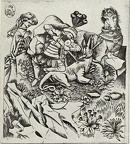 Master of the Playing Cards. St. George
Master of the Playing Cards. St. George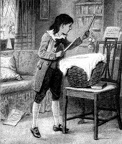 He placed the 'drum' on a chair, and practised diligently
He placed the 'drum' on a chair, and practised diligently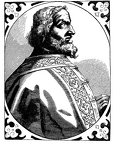 Charlemagne
Charlemagne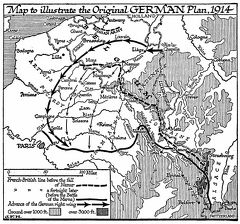 The Original German Plan, 1914
The Original German Plan, 1914 Martin Luther
Martin Luther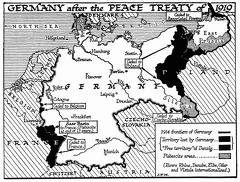 Germany after the Peace Treaty, 1919
Germany after the Peace Treaty, 1919 Emperor William II
Emperor William II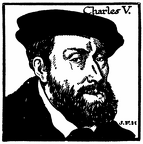 Charles V
Charles V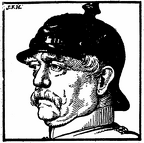 Bismarck
Bismarck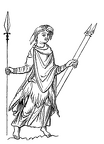 Costumes of the Franks from the Fourth to the Eighth Centuries
Costumes of the Franks from the Fourth to the Eighth Centuries King or Chief of Franks armed with the Seramasax, from a Miniature of the Ninth Century
King or Chief of Franks armed with the Seramasax, from a Miniature of the Ninth Century



